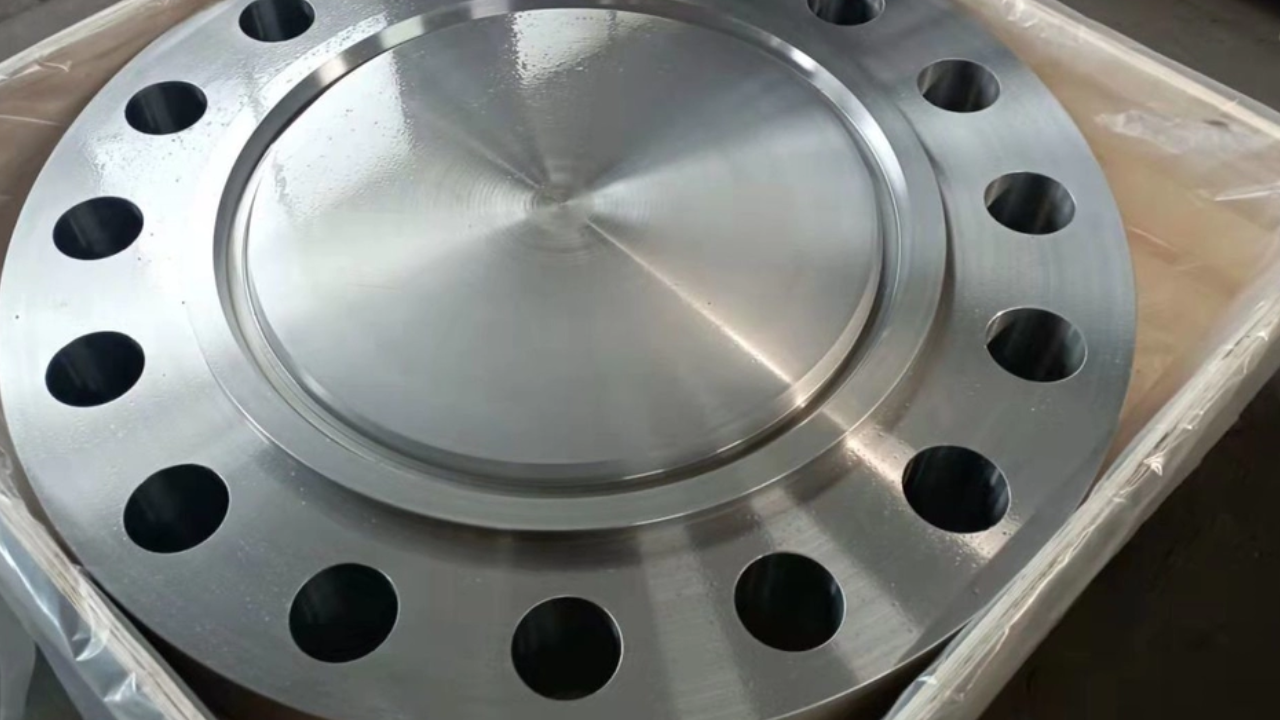In the petrochemical industry, adherence to recognized standards is imperative to ensure the integrity and safety of flanges used in critical processes. Standards such as those established by ASME, the American Society of Mechanical Engineers, and offers design recommendations. materials and testing of flanges ensuring they meet the stringent requirements of petrochemical applications.
Whether it's for high-pressure systems, ease of installation, or precise flow control, the selection of the appropriate types of flange is crucial for the reliability and safety of petrochemical processes. Engineers and industry professionals carefully consider some factors, ensuring that flanges meet the necessary standards and specifications for their intended use in the demanding environment of the petrochemical industry.
Types of Flanges According to Usage
Here we are going to discuss some kinds of flanges depending on their usage;
Butt Welding Flange
A butt welding flange is a type of flange designed for welding directly to the end of a pipe. The flange has a beveled end that facilitates a smooth welding process, creating a strong and durable connection. Butt welding flanges are commonly used in applications where a welded joint is preferred for its strength and reliability. The design of butt welding flanges enhances the structural integrity of the joint, making them suitable for high-pressure and high-temperature environments.
Loose Flange
A loose flange, also known as a lap joint flange, is a type of flange that consists of two separate components a backing flange and a stub termination. Welding the backing flange and the stub end. The short end flange is free to rotate around the stub end. This design allows for easy alignment during assembly. Loose flanges are often used in applications where frequent dismantling is necessary, such as systems requiring regular maintenance or inspection. Their flexibility makes them suitable for various industries, including chemical processing and water treatment.
Flat Welding Flange
A flat welding flange, also known as a plate flange, is a type of flange that features a flat face without raised surfaces. It is designed for butt welding to the end of a pipe, providing a smooth and flush connection. Flat welding flanges are commonly used in applications where the mating surface does not require a raised face to create a seal. They are particularly suitable for low-pressure systems and situations where cost-effective simplicity is favored. These flanges are widely utilized in industries such as water treatment, HVAC systems, and general plumbing, where ease of installation and efficiency are essential.
Socket Welding Flange
A socket welding flange is a type of flange designed for socket welding directly to the pipe. It has a socket or hub at the bore's center, allowing the pipe to be inserted for a welded connection. Socket welding flanges are commonly used in smaller pipe sizes and moderate-pressure applications. Their design provides a strong and reliable joint, making them suitable for various industries, including chemical processing and petrochemicals. These flanges are preferred in situations where a smooth flow transition and corrosion resistance are critical.
Flange Covers
A flange cover is a protective device used to cover and seal the open end of a flange, preventing dust, debris, or contaminants from entering the pipeline. It helps maintain the cleanliness and integrity of the flange face, reducing the risk of corrosion or damage. Flange covers are often used during transportation, storage, or periods of inactivity in industrial settings. These covers come in various materials, such as plastic or rubber, and are designed to fit securely over the flange, providing a temporary barrier until the flange is ready for use.
Summary
The mechanical industry as well as petrochemicals relies on various types of flanges, each serving specific purposes based on their design and standardized specifications. To make sure that flanges fulfill the standards and specifications required for their intended use in the mechanical industry, engineers and industry professionals carefully consider these factors.


